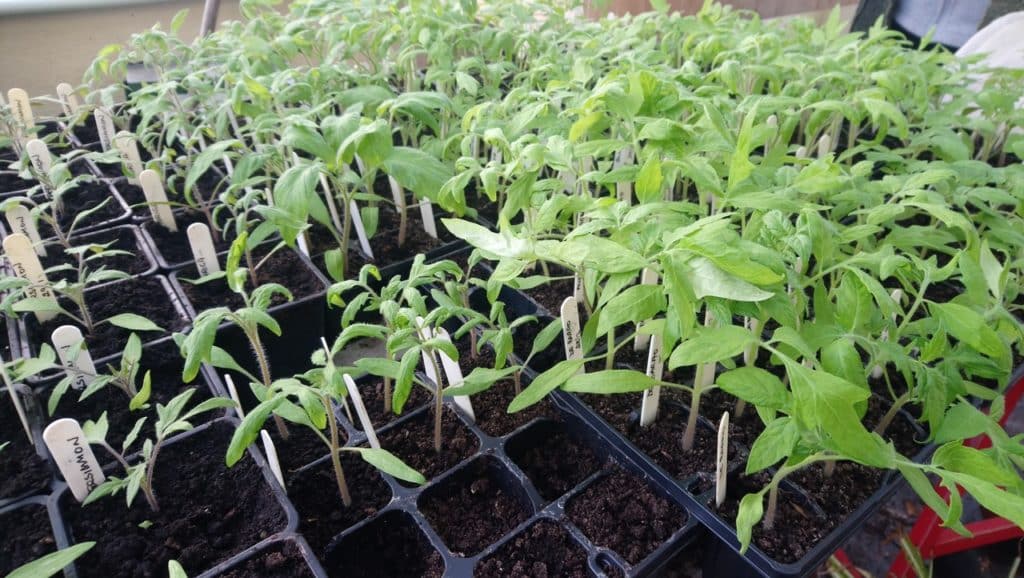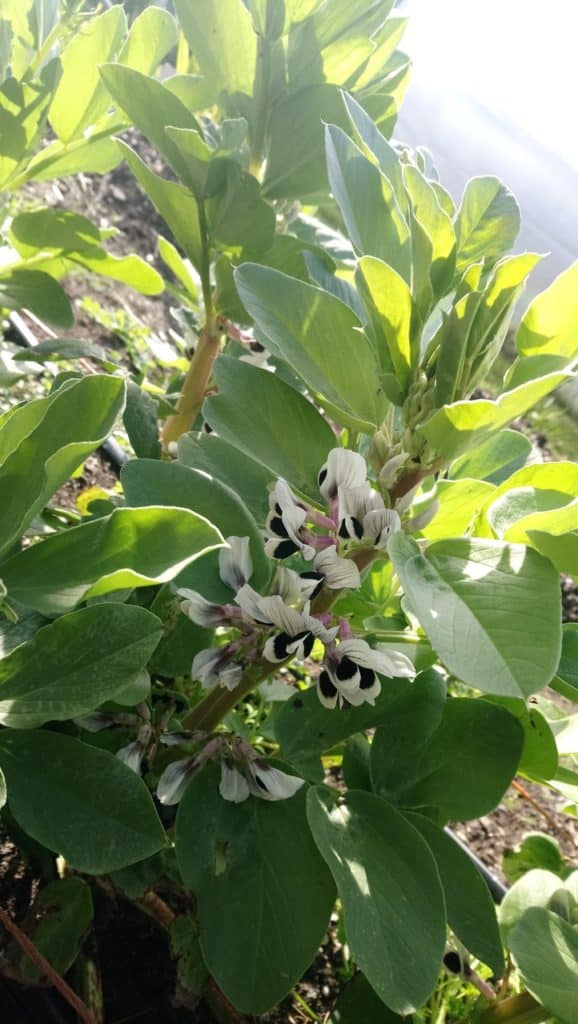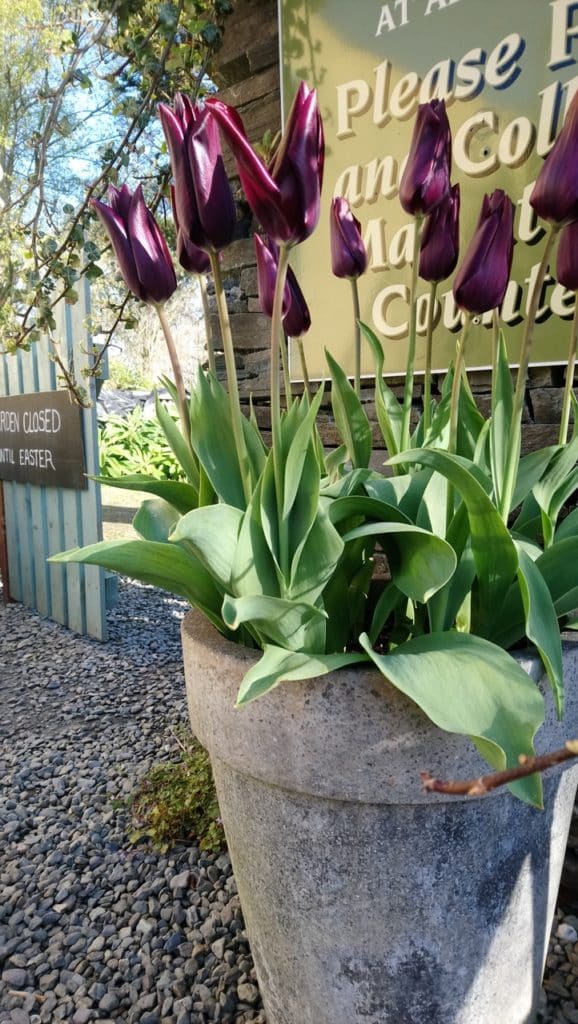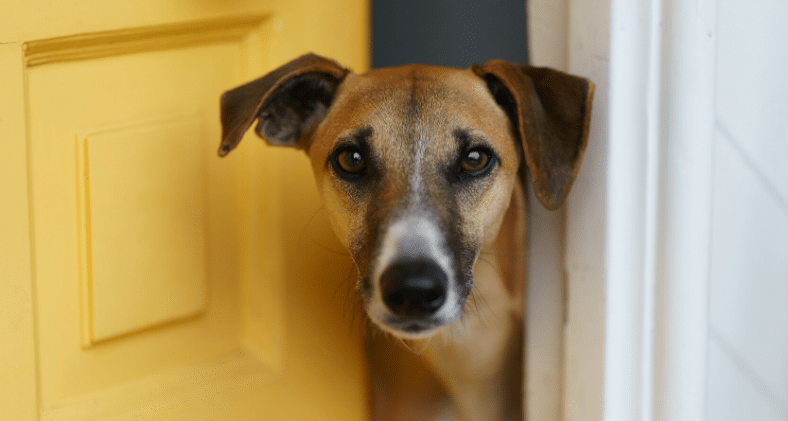
What a difference a month makes. The weather has improved and there are few days that I am unable to get into the garden. The conservatory is bursting with small plants, both vegetable and flowers. The tomatoes are ready to be planted in the tunnel and it is all systems go. Tessa and I are gardening together, (socially distanced of course) and although sometimes the amount of work seems a bit overwhelming, I am loving every minute. I have been growing vegetables for over 40 years mostly on a commercial basis, but still, the first thing I do every morning at this time of the year is go into the conservatory to see what new seeds have germinated and check on the overall health of my baby plants. Only this morning I found a slug slithering across a seed tray with a now diminishing number of tiny lemon savoury seedlings.
Recently, I seem to have trouble getting pumpkins and squash to germinate successfully. I think that maybe the compost I am using is a bit rich for them to start with or I am not keeping them warm enough. It is still early to be thinking of planting out courgettes and squash in general, and once they germinate the growth can be very rapid, they outgrow the pots very quickly. Timing is everything, and so much depends on the weather. The cold north easterly wind we have experienced recently has kept temperatures down, at least here on the coast. We have planted out peas and broad beans, lettuce, and beetroot but they could all do with some warmth to help them on.
Meanwhile in the shelter of the conservatory the production goes on. We have moved the tomato plants into a tunnel to harden them off before planting out next week. We have about twenty five varieties this year and plan to plant about six of each variety in the tunnel. I would also like to try some outside. Many of the varieties wouldn’t be suitable in our climate but I have about four in mind to experiment with. I will keep you posted.
Whilst the main emphasis at this time of the year is on vegetable plant production, I am also growing quite a lot of flowers and herbs. We have borders along two sides of the main vegetable garden where we grow flowers, herbs and oddments such as rhubarb, artichokes and nine star perennial sprouting. Apart from being beautiful it also helps create a micro-environment attracting pollinating and other beneficial insects to the garden. There are some perennial plants in the border, but we have just been filling in the gaps with cornflowers, ammi majus, and sweetpeas. Other plants coming on for the border are cosmos, calendula, sunflowers, California poppies, nicotiana and poached egg plant Limnanthes douglasii. I have never been very keen on the poached egg plant, purely because I have an unreasonable aversion to the bright yellow centre of the flower, but this year I found a variety called ‘meringue’, which apparently has all the good things associated with the plant but no yellow centre. I apologise for my yellow prejudice; in my defence I love it in daffodils and narcissus but not much else.
Some seed catalogues and websites are very informative, making it easy to pick out wildlife friendly varieties. With the present crisis seed companies have been inundated with orders and many have temporarily closed their websites or at least limited their open times. So, take care of any seeds you have, swap or share if you can and think about trying to save some of your own seeds this year.







